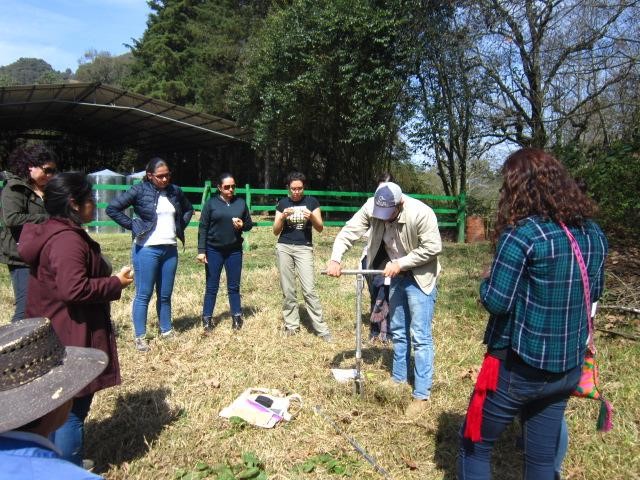

The local protocol contextualizes the Kyoto Protocol by adapting it to local conditions, develops formal and contextualized MRV (measurement, reporting and verification) methodologies, and confers value to natural capital in a way that favors landowners.
We propose replication of this building block across the subnational level: the financing of carbon footprint mitigation via small state taxes that comprise a state fund—operating under local protocol, adapted to the land owners' contexts—with additional funding by governmental organizations—CONAFOR and SAGARPA. We provide technical assistance to officials from other states in adapting this model to their contexts and priorities.
For purposes of transparency and standardization, we use validated ICAT methodologies when calculating carbon reductions that are based on natural capital recovery. We develop customized ecological models for different states and provide training to align public policies, promoting innovative financing via small carbon taxes at the state level and increased federal investment oriented towards integrating regenerative practices. This is a public policy that incentivizes climate mitigation and the regeneration of natural infrastructure, rooted in a collective response from rural society.
The urgency of integrating practices that regenerate natural capital is enhanced by the highly positive results of the pilot ranches. There is great interest on the part of other states.
Our initiative, embodied in the NAMA NS-272 "Subnational mitigation actions for the restoration of degraded forests and the implementation of planned grazing," proposes well-planned action and includes tools that enable its replication in other contexts.
A wide range of tools have been defined, developed, and applied in the process of implementing this building block. These tools include adapting models for replication in states with different needs and contexts; monitoring systems; reporting and verification of compliance and results in soils and forests; agreements between parties; analysis of fiscal opportunities; rules of operation; and guidelines to ensure transparency when managing environmental funds. An important tool is customizing models for replicating this building block in different states.
The Inter-American Development Bank is interested in continuing its support by seeking financial resources from climate funds of a larger scale.
The SEMARNAT (Secretariat of the Environment and Natural Resources) office of the administration of Mexico’s president-elect has demonstrated its interest in adopting this scheme as a strategic line of action for the next 6 years. This support is of great value and opens new possibilities for dissemination and application.